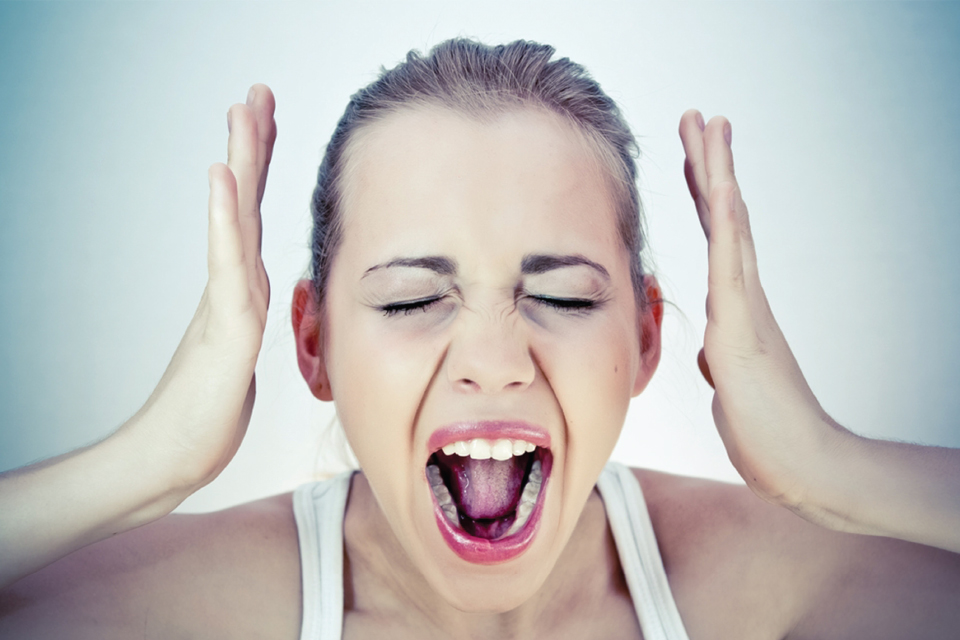Training Your Life: Exercises to Combat Stress

Everyone wants a quick fix to body and brain challenges. The perfect workout is simple—just move.
Those engaged in routine physical activity tend to have an easier time coping with daily stress and focusing on required tasks and challenges and, overall, experience a better quality of life. While many pay attention to the role of exercise in weight loss and physical conditioning, the impact it has on the neurological and biochemical systems of the body is often, not surprisingly, overlooked.
For those challenged by chronic stress or mood disorders, regular exercise can seem like just another item to add to an already overwhelming to-do list. It is important to understand the difference in coping well and barely coping. Stress can manifest as a lack of self-esteem and self-control. People managing high levels of stress often experience feelings of depression and anxiety, a short attention span or difficulty focusing, and difficulty organizing, planning, and managing life in general. Fortunately, exercise has profound measurable effects on the entire body, from the inside out.
Regular exercise strengthens the heart, increases energy levels, lowers blood pressure, improves muscle tone and strength, increases bone density, and reduces body fat. Exercise helps everyone look better and feel better, and it has a profound effect on the brain and mood, particularly in these areas:
• Improved Vitality. Research shows that regular activity stimulates the body on a cellular level. To meet the demands for oxygen and energy production while exercising, the cardiovascular system works harder and heart rate increases. An increase in heart rate stimulates blood cell activity and production. Increased blood cell activity stimulates increased brain activity, which stimulates endorphins—and the whole cycle repeats itself over and over. Imagine a dance party. The whole body pulsates with energy and life. The body is invigorated and vital, as it was intended to be.
Regular, moderate-intensity exercise activates the body’s natural chemical balance system: endorphins, dopamine, norepinephrine, and serotonin. Together, these chemicals elevate mood and help contribute to an overall positive sense of self-esteem and self-efficacy. Simply put, in response to regular exercise, the body not only looks better and feels better—it is better.
• Better Sleep. Exercise helps the body blow off energy. Increasingly, studies show that exercise has a relaxing effect on the body. Mind and muscle tension are reduced with exercise. Maintaining a regular exercise program assists in the regulation of body temperature, musculature recovery, and tension management.
The bottom line is the body needs adequate rest to manage the demands of daily life. Think of the stressed body as a tightly wound spring: on alert and never at rest, ready to react at any moment, both mentally and physically. Without adequate rest, recovery, and sleep, the body is deprived of the chance to rest and repair itself, absorb new information, or manage tasks and demands. All of the body’s energy is diverted to managing life at the moment, which results in a chronic crisis cycle in which all systems shut down and focus only on crisis management. The body responds by working 24/7 to survive. Without an energy outlet, all systems fail.
The Workout Solution
The human body is a dynamic bundle of energy systems that are designed to move. In this fast-paced world, workers are often seated and still. Exercise and movement can be mistakenly placed on the leisure or hobby list rather than viewed as vital to health and daily function.
Reframe exercise. Consider it urgent and important.
Place a daily workout at the top of each day's to-do list and make it just as important as any work or home maintenance responsibility. It is a priority, no less important than sales quotes, client meetings, or housekeeping. You are deserving. Your life is valuable.
The best thing to do is start moving.
Find an enjoyable activity and set daily, incremental reminders to get up and move. The effects of exercise are cumulative. That means even short walks around the office throughout the day, taking the stairs rather than the elevator, vacuuming the house with gusto, or mowing the lawn, all add up to increased health.
The best exercise is, simply, exercise.
That said, two specific types of exercise that can help combat stress are agility training and intervals—these workouts give a fast-paced activity to concentrate on, taking the mind off the day's stressors.
1, 2, 3, 4 Agility Ladder Drill Workout
Agility ladders are primarily used to train for speed. (No access to an agility ladder? Use chalk on the sidewalk—just like hopscotch!) Facing the side of the agility ladder, touch in and out of each box as follows:
1 foot in each box
2 feet in each box
3 steps in each box (left-right-left)
4 steps in each box (left-right-left-right)
Repeat this drill on both sides of the ladder.
Bodyweight Circuit
10 push-ups
10 squats
10 skater lunges to the right
10 skater lunges to the left
10 seated tricep dips
Repeat 5–10 rounds
Set a timer and repeat the drills in order given. How many times can you complete the set in 10 minutes? 20 minutes? How did you do?
Remember, everyone is worth 30 minutes of personal time.
The important thing is to incorporate whole-body movements that are enjoyable and that are appropriately challenging. Exercise should be enjoyable. Choose what you like to do so you will stick with it.
Your body will feel better with movement. Your life will be better for it.






